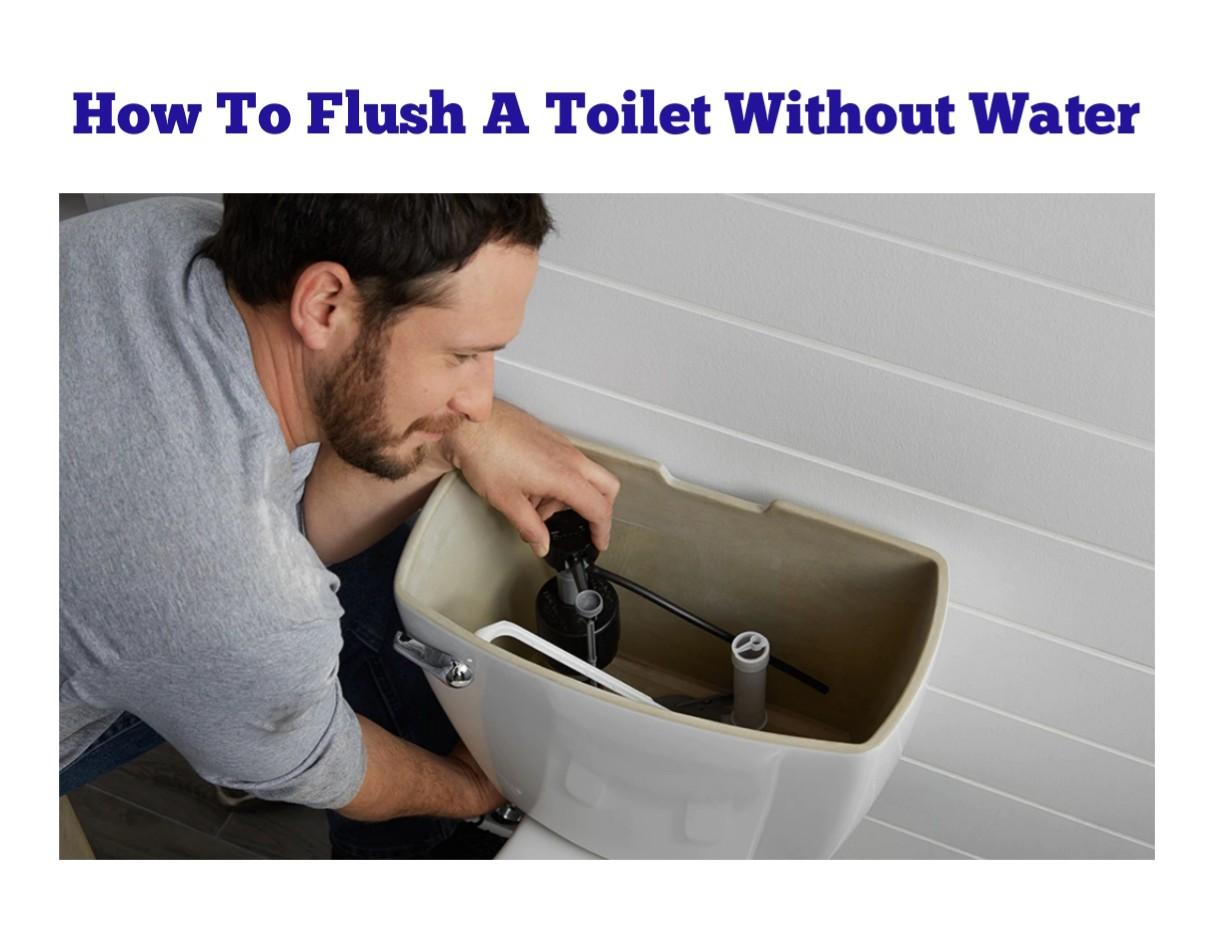The modern development of toilets dates from the late 19th century when sewer systems and water supplies provided hygienic means of dealing with waste. Nearly 40% of the world’s population lacks access to toilets, and the dignity and safety that they provide. Using proper toilets and hand washing preferably with soap prevents the transfer of bacteria, viruses and parasites found in human excreta which otherwise contaminate water resources, soil and food.
A toilet that won’t flush isn’t as dire a plumbing emergency, but it can create an embarrassing dilemma for the person who unwittingly uses the toilet facility without realizing that the water is turned off. Fortunately, even when there is no water running into the home, there are still ways to get rid of the toilet’s contents. Whether you turned off the water because of a plumbing repair, or the municipal supply has been shut off because of a water main break or other problem, there is always a low-tech way out.
Remember, the toilet tank fills up right after a flush and remains that way until it is used again. That means it should be full in the event your water supply is cut off, so you still have one flush to burn. The wise homeowner saves that flush to use only in the event of an emergency. However, if someone accidentally uses up your final flush, all isn’t lost you can apply the following methods to to flush the toilet even without water:
Method 1: As long as you have another source of water, you’ll still be able to flush your toilet. You’ll need at least one gallon per flush. If you know ahead of time or anticipate that you’ll be without running water, fill up your bathtub in advance. If you have some spare potable water, you can, of course, use that. Many people also prefer to use water from their pools or jacuzzis.
Collect the water in a large bucket that you will be able to lift and pour. Once you’re ready to flush, pour the water into the toilet bowl slowly at first before quickly dumping the rest of the water into the bowl. This will create pressure that pushes the contents of the toilet bowl through the pipes, making it unnecessary for you to use the handle to flush the toilet. When you use this method, you are not emptying the toilet’s tank, so there is no need to refill the tank. You are working solely from the toilet bowl, and you can repeat this process if needed.
Method 2: Alternatively, you can remove the lid from your toilet tank and fill it with water until it reaches the overflow line. At this point, you’ll be able to flush the toilet with the handle like normal. If you’re unable to create a flush by pouring water into the bowl, this method may work better. However, this second method requires more water, so the first method may work better if you only have a gallon of water to spare.
Always remember that keeping a bucket on hand is always smart in case of an emergency, and it can come in handy in several ways. A large bucket should be a basic part of your home’s plumbing kit, along with a cup plunger, a flange plunger, sealing tape, an adjustable wrench, and rags. READ: Can You Get Herpes From A Toilet Seat





